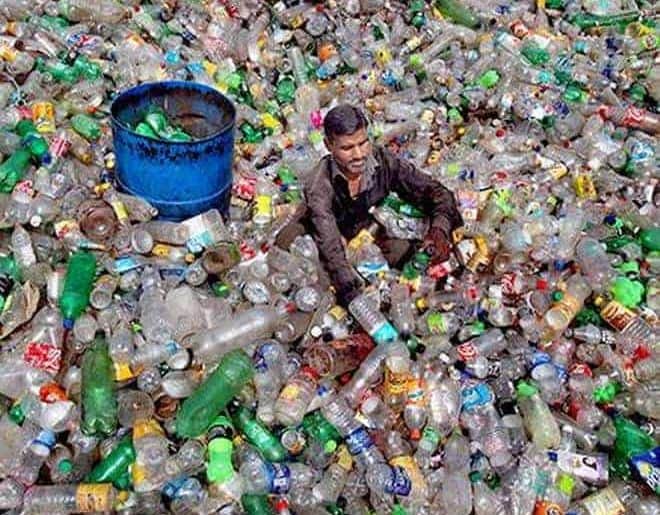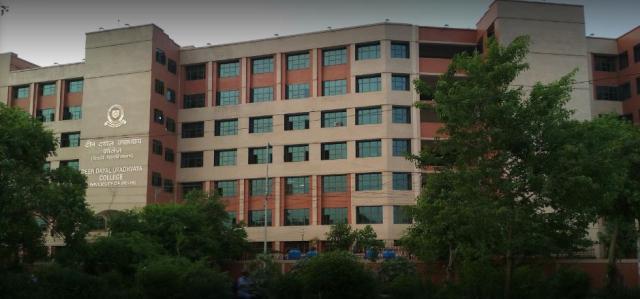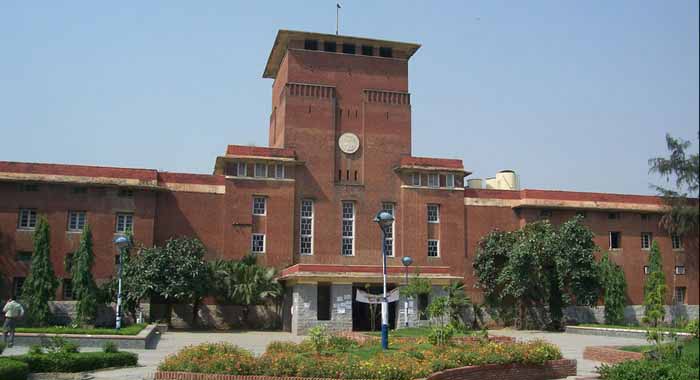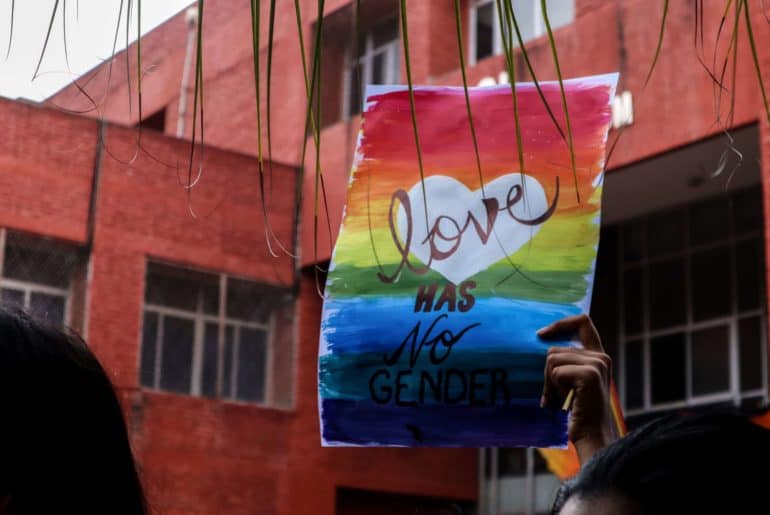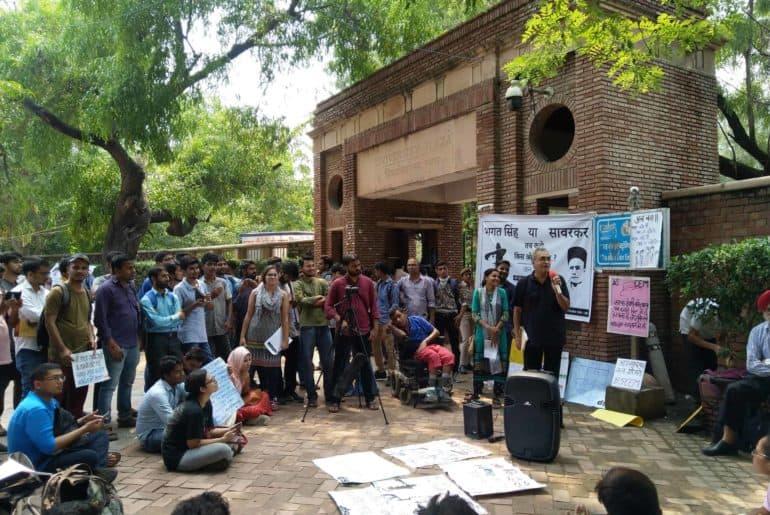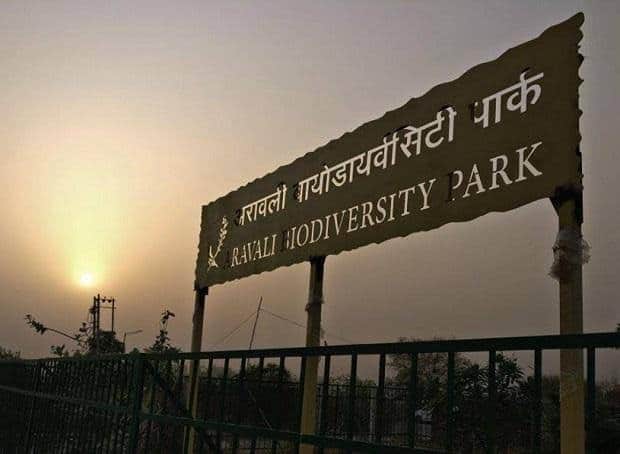Ahead of the nation-wide ban on plastics scheduled for 2nd October, University Grants Commission (UGC) issues guidelines to ban use of plastics in institutions, urges ‘Swachhata Hee Sewa’.
The University Grants Commission (UGC) has issued guidelines to all the higher education institutions across the country to impose a ban on items made from single-use plastics such as bags, packaging materials, straws, and bottles. The move comes ahead of Prime Minister Narendra Modi’splan of launching a nation-wide revolution against single-use plastics from 2nd October this year, which will mark the 150th birth anniversary of Mahatma Gandhi – the face of the Swachha Bharat Campaign of the nation. The guidelines issued by the UGC state that the institutions of higher education across the country should systematically ban the use of plastic in their campuses and replace plastics with “environment friendly substitutes.” The guidelines also instruct that every higher education institution in the country should ban single-use plastics in its canteens, hostels and shopping complexes in the institution’s premises.
The guidelines also mandate that institutions must “carry out awareness drives and sensitization workshops on the harmful impacts of single-use plastics, mandate all students to avoid bringing non-bio-degradable plastic items to the institution, (and) install necessary alternative facilities like water units to avoid the use of plastic.”
Prime Minister Modi, in his Independence Day speech, had urged citizens to eliminate the use of single-use plastic, besides suggesting that shopkeepers should provide eco-friendly bags to the customers as an alternative. In his monthly “Mann Ki Baat” address subsequently, he had said that the time has come for the citizens to join hands in curbing single-use plastic.
The decision to curb the use of single-use plastics has been received with a positive response by the institutions of University of Delhi, with colleges such as Maitreyi College and Jesus and Mary College initiating ‘Green Walks’ and cleanliness drives across their campuses to encourage students to keep their plastic usage to the minimum. Dhara, the Eco-Club of Daulat Ram College also organized a drive to minimize the use of plastics in their campus.
The move by the UGC has been brought about keeping in mind the emergence of plastic wastes as one of the biggest environmental concerns adversely impacting soil, water and the health of citizens at large. Excess consumption of plastics combined with limited waste disposal systems in urban areas has become the challenge for disposal systems, and has choked the water bodies in these areas. According to the UGC, educational institutions have the unique spread and influence to educate the students and households on the need for avoiding the use of plastics and hence, it has issued the guidelines.
The guidelines also ask the higher education institutions, which have adopted villages under the Unnat Bharat Abhiyan, to undertake a campaign in their adopted villages till they are converted into ‘plastic-free villages’ through promoting awareness and encouraging shift to alternative products.
Feature Image Credits: The Hindu
Bhavya Pandey

